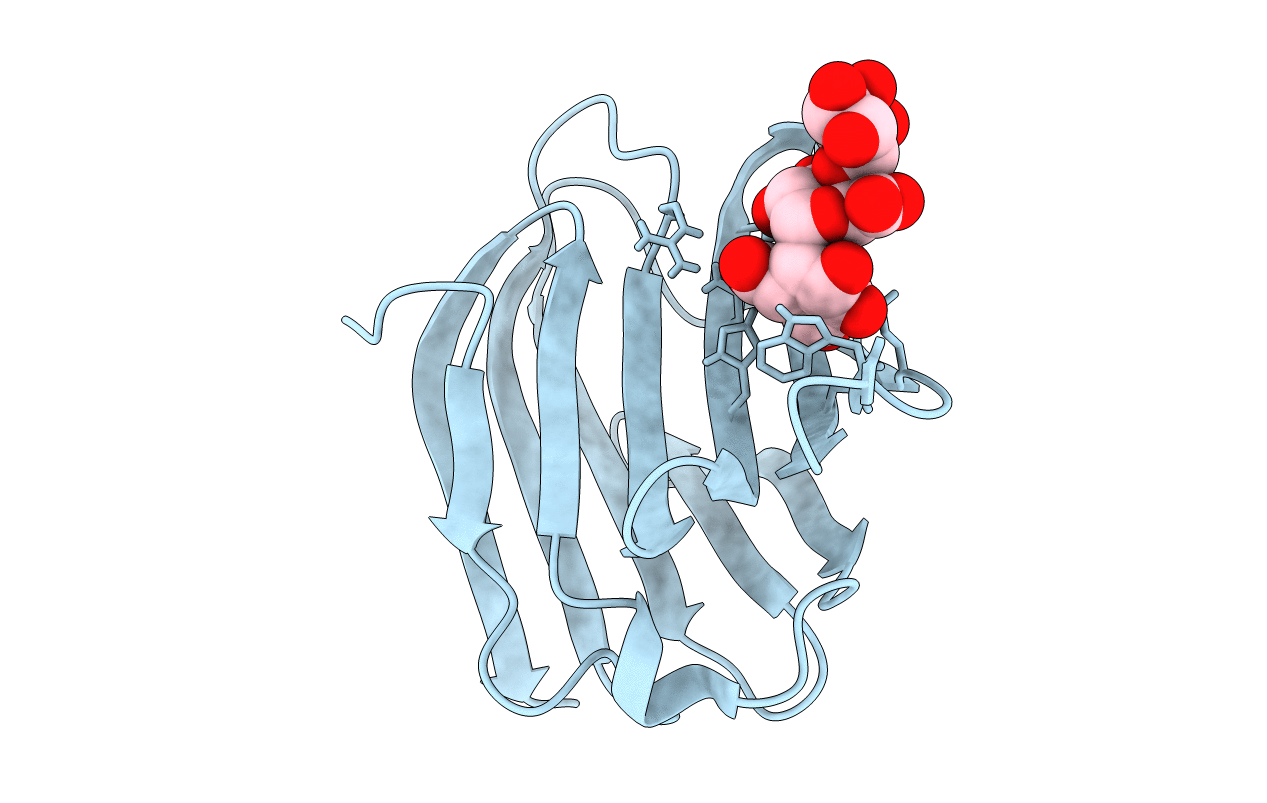
Deposition Date
2019-09-10
Release Date
2020-08-26
Last Version Date
2023-11-22
Method Details:
Experimental Method:
Resolution:
1.50 Å
R-Value Free:
0.20
R-Value Work:
0.16
R-Value Observed:
0.16
Space Group:
P 21 21 21


